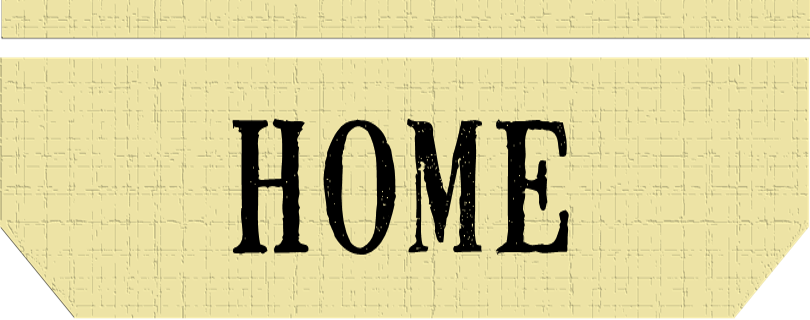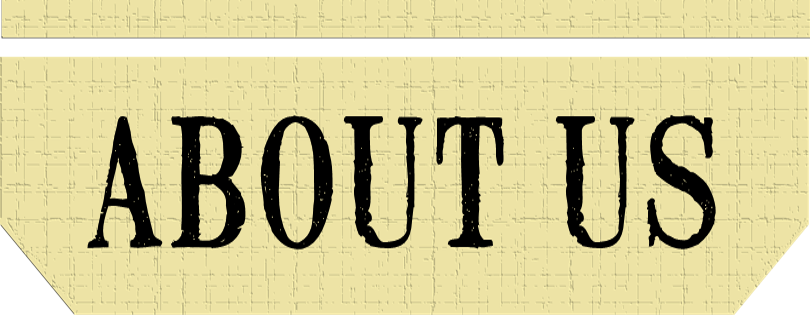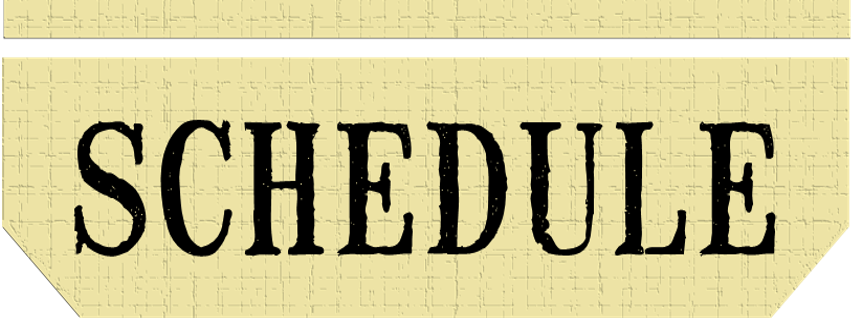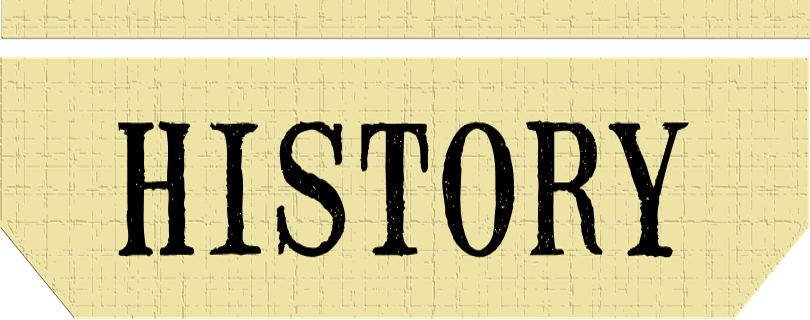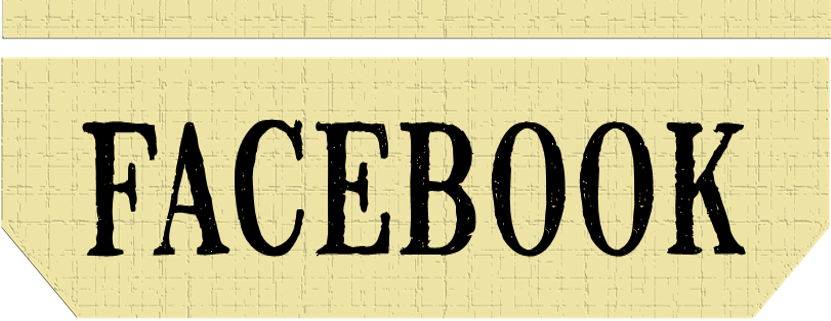WHAT TO GET AND WHERE TO GET IT
PART III (3) - CAMPING EQUIPMENT
The following are the basics of what a new reenactor should have when camping at events, and the order in which they should be obtained by the new recruit based on the importance of the item.
As you progress in the hobby, these items will always prove useful, and as new items, and better-quality reproductions, are made available, this list will be updated accordingly. The vendors listed, as with the previous sections - represent the best price for the best quality; if for any reason you wish to obtain an item from another vendor check with an Officer or NCO of the company before buying anything. Remember - just because one item is expensive doesn't mean it's accurate and just because another is cheaper doesn't means it's incorrect - if you stray from this list, ask before you buy it.
| STEP 1A - MESS EQUIPMENT, PLATE |
Carried in the haversack a simple tin plate is a helpful item when it comes time for mess call, or when a flat surface is needed to roll rounds, write a letter, dig a trench or countless other uses. Plates with CS or US stamped on them are to be avoided, and all plates should be void of any non-period markings.
Approved Vendors
Samson Historical - Dinner Plate
South Union Mills - Stamped Tin Plate
 |
 |
 |
 |
 |
| Washington (LA) Artillery(Civil War Talk) |
Tin Plate, Unknown(Union Drummer Boy) |
Tin Plate, Unknown(Civil War Antiques) |
Franklin Hoyt, 1st WIS Heavy Art.(Wisconsin Veterans Museum) |
New York Volunteer, ca. 1862(Library of Congress) |
| STEP 1B - MESS EQUIPMENT, CUP |
Made of tin, the 'dipper' (cup) was throughout the war. Coming in a variety of shapes and sizes, some were worn attached to the haversack or canteen, others to the knapsack, and in every other conceivable method. Modern enamel or stainless steel cups are not acceptable and should be avoided.
Approved Vendors
Dixie Tin Works - 4x4 Tin Cup
Ulrich's Tin Shop
South Union Mills - Army Regulation Hot Dipped Tin Cup
 |
 |
 |
 |
 |
| Captured Confederate, July 1863 (Library of Congress) |
Unkonwn Confederates Cup(Museum of the Confederacy) |
Cup of Cornelius Beekman, 10th NY(Heritage Auctions) |
Tin Cup, Unknown Federal(Heritage Auctions) |
Unkown Federal Soldier(Source Unknown) |
| STEP 1C - MESS EQUIPMENT, SILVERWARE |
Period silverware can improve an impression with little effort, and both originals and reproductions are readily available from a wide array of vendors, antique shops, etc. Modern silverware is to be avoided.
Approved Vendors
Samson Historical - Standard Cutlery
South Union Mills - Sheath Knife & Fork Combo
 |
 |
 |
 |
 |
| Sergeant of Co. D, 93rd NY, 1864(Library of Congress) |
Original Knife & Fork, Unknown(Source Unknown) |
Federal Knife, Spoon & Fork Combo(Heritage Auctions) |
Federal Soldiers Knife and Fork(Heritage Auctions) |
Unknown Union Volunteer(Library of Congress) |
The importance of a good wool blanket cannot be overstated. Period blanks could be of several different designs and patterns, from military to civilian. Captured U.S. Army Wool blankets, civilian coverlets, etc., are all acceptable. Modern U.S. Army "green" blankets, comforters, etc., are not acceptable.
Approved Vendors
Samson Historical - 100% Wool Blanket
Fort Scott Sutler - Woven Coverlets & Tan Wool Blanket
Button Barron - Blankets & Coverlets
South Union Mills - Coverlets & Blankets
 |
 |
 |
 |
| Two Unknown Union Volunteers(Library of Congress) |
Federal Issue Blanket, Unknown(Heritage Auction) |
Blanket of Zimmerman Davis, 5th SC Cav(Museum of the Confederacy) |
Unknown, Washington (LA) Artillery(Photographic History of the CW) |
| STEP 3 - PONCHO / GUM BLANKET |
The gum blanket/poncho was made of cotton and coated with a layer of rubber, or black paint, and fitted with brass eyelets along the edge so that they could be tied around a person or tent as waterproofing. Measuring 3 in. x 16 in., they had a hole in the center so that they could double as a poncho. Useful in keeping the soldier dry, it could be used as a ground cloth, a covering, or in rainy weather as a poncho. It can either be worn on the knapsack or rolled up as part of a blanket roll and thrown over the shoulder.
Approved Vendors
South Union Mills - Rubber Ground Cloth 'Gum Blanket'
L.D. Haning & Co. - Painted Infantry Blanket
 |
 |
 |
 |
 |
| Unknown Virginia Volunteer(Library of Congress) |
Unkonwn Poncho(Heritage Auctions) |
Poncho Front and Back, 1st Sgt. Dwight P. Bradley, 37th MASS(Heritage Auctions) |
Unknown Federal Soldier(Source Unknown) |
| STEP 4 - SHELTER HALF / 'PUP' TENT |
The Shelter half (also called the pup-tent or dog tent) was made of cotton drill, and measuring 5 ft. 2 in. x 5 4 ft. 8 in. (later 5 ft. 6 in. x 5 ft. 5 in.), the half featured 7-button holes and bone buttons along the opposite sites, and 9 along the third side, along with reinforcing at the corners, with holes, for either rope or tent stakes to be passed through. Each soldier was issued a section, and the two could be joined together to form the Shelter (Pup) tent.
Approved Vendors
Wambaugh, White & Co. - Federal Issue Shelter Tent Halves
Wambaugh, White & Co. - Federal Shelter Half Blank Kits (A kit that you can sew together yourself.)
 |
 |
 |
 |
| Confederate Prisoners in VA, 1864(Library of Congress) |
Shelter Half of Alfred May, 61st NC(NC Museum of History) |
Original Federal Shelter Half, Unknown(Heritage Auctions) |
Federal Troops in 'Pup' Tent(Library of Congress) |
| STEP 5 - A-FRAME (WEDGE) TENT |
While the Shelter Half is the proper tentage on the march; the A-Frame (also known as Wedge or Common) Tent is a simple triangular tent with front flaps that was common throughout the war with armies of both North & South when in the larger stationary camps. Providing more coverage, these tents are great for one person camping or you can put up to five (5) in them.
Approved Vendors
Regimental Quartermaster - 6x6 Wedge Tent
C&C Sutlery - 6x6 A-Frame Tent
 |
 |
 |
 |
| 3rd SC Light Art. Btn. on Cole's Island, SC, 1862(Library of Congress) |
Camp of the 1st ALA at Pensacola, FLA, 1861(Library of Congress) |
Camp of the 9th Maine on Morris Island, SC(Library of Congress) |
U.S. Troops at Atlanta, GA, ca. 1864(Photographic History) |
While not encouraged, if you are not able to sleep on the ground, or just prefer your creature comforts, a period cot is acceptable for use inside an A-Frame tent. However, these should not be the modern metal military or civilian camping style cots, with nylon coverings. The simple, and easily obtained, wooden frame cot with white canvas covering can be found through various suppliers and will enable you to still be comfortable and historically accurate.
Approved Vendors
E-Bay
 |
 |
 |
| Unknown Confedearte, New Orleans, LA(Source Unknown) |
Goodwin & Son Army Cot, 1862(Cowan's Auction) |
Lt. Col. Samuel W. Owen, 3rd PA Cavalry, 1862(Library of Congress) |
|

